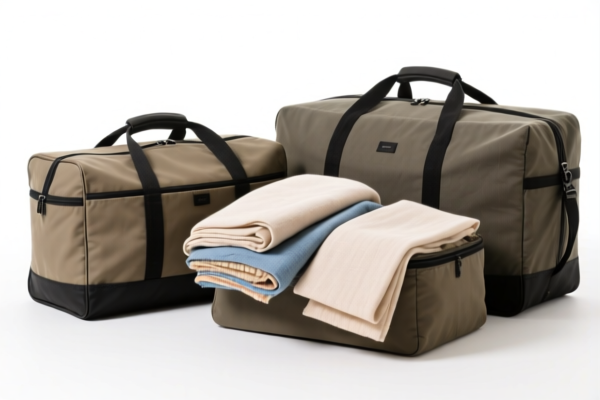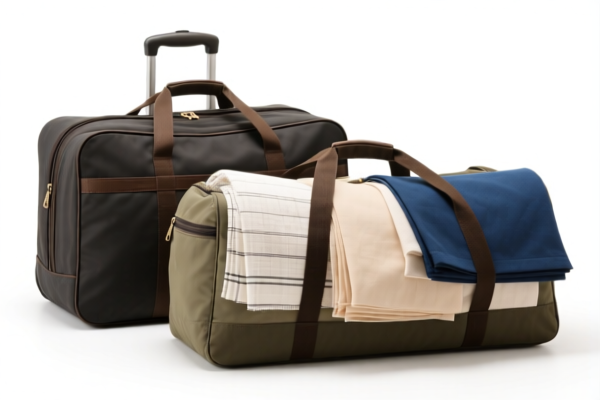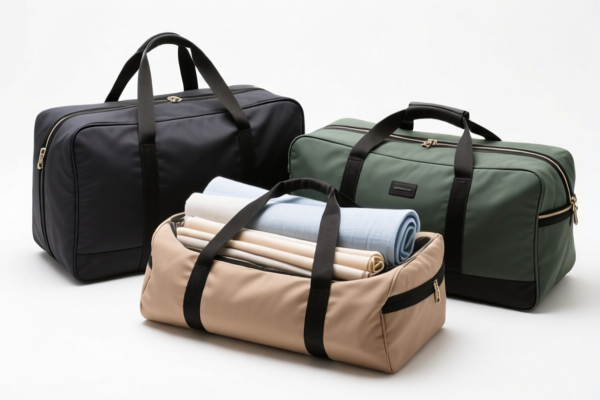| HS Code | Official Doc | Tariff Rate | Origin | Destination | Effective Date |
|---|---|---|---|---|---|
| 4205000500 | Doc | 57.9% | CN | US | 2025-05-12 |
| 4205000500 | Doc | 57.9% | CN | US | 2025-05-12 |
| 4201006000 | Doc | 57.8% | CN | US | 2025-05-12 |
| 8301500000 | Doc | 40.6% | CN | US | 2025-05-12 |
| 8301406060 | Doc | 43.2% | CN | US | 2025-05-12 |
| 8306100000 | Doc | 35.8% | CN | US | 2025-05-12 |
| 8306100000 | Doc | 35.8% | CN | US | 2025-05-12 |
| 3923900080 | Doc | 58.0% | CN | US | 2025-05-12 |
| 3923900016 | Doc | 58.0% | CN | US | 2025-05-12 |




Storage Barrel
A storage barrel is a cylindrical container traditionally used for storing liquids, particularly bulk liquids such as oils, wines, spirits, chemicals, and water. While historically made of wood, modern storage barrels are also constructed from plastic, metal, and other materials.
Materials:
- Wood: Traditionally oak is the most common material, valued for its strength, impermeability, and ability to impart flavors to stored contents (particularly in wine and spirits production). Other woods like chestnut, acacia, and redwood are also used.
- Plastic: High-density polyethylene (HDPE) is a common plastic used for its durability, chemical resistance, and lower cost. Often used for water, chemicals, and food-grade storage.
- Metal: Typically steel or stainless steel, used for storing chemicals, oils, and other substances requiring a non-reactive container. Stainless steel is preferred for its corrosion resistance.
- Fiberglass: Used for larger volume storage, offering good strength and chemical resistance.
Purpose:
The primary purpose of a storage barrel is to contain and preserve liquids over varying periods. Beyond simple containment, barrels can contribute to the characteristics of the stored substance.
Function:
- Containment: Provides a secure vessel to hold liquids, preventing leaks and spills.
- Preservation: Materials like wood can offer a degree of protection from oxidation and contamination. Sealing methods (e.g., bung, lid) are crucial for maintaining the contents' integrity.
- Flavor Infusion (Wood Barrels): Oak barrels, in particular, impart flavors, aromas, and color to liquids like wine, whiskey, and beer through the wood's natural compounds (tannins, lactones, etc.) and through oxidation processes facilitated by the wood's porous structure.
- Aging (Wood Barrels): The controlled oxygen exposure through the wood allows for chemical reactions that improve the taste and complexity of stored liquids over time.
Usage Scenarios:
- Wine Production: Aging and storing red and white wines.
- Spirits Industry: Aging whiskey, brandy, rum, and other spirits.
- Food Industry: Storing oils (olive oil, vegetable oil), vinegars, pickles, and other food products.
- Chemical Industry: Storing and transporting various chemicals.
- Water Storage: Collecting and storing rainwater or potable water.
- Pickling and Fermentation: Used in the process of pickling vegetables and fermenting foods.
Common Types:
- Wine Barrels: Typically 53-60 gallons (200-225 liters) in size, made of oak, often charred for imparting specific flavors.
- Whiskey Barrels: Commonly 53 gallons (200 liters), often ex-bourbon or ex-sherry barrels, influencing the final whiskey flavor profile.
- Oil Barrels: Typically 55 gallons (208 liters), made of steel or plastic.
- Rain Barrels: Typically 50-100 gallons, made of plastic.
- Pickle Barrels: Smaller sizes, typically 10-20 gallons, made of wood or plastic.
- Chemical Barrels: Varying sizes, made of steel or plastic, often with specific linings for chemical compatibility.
Based on the provided information, “storage barrel” can be classified under the following HS codes:
- 3923900080: This HS code covers articles for the conveyance or packing of goods, of plastics; stoppers, lids, caps and other closures, of plastics: Other Other. This would apply if the storage barrel is made of plastic.
- 3923900016: This HS code covers articles for the conveyance or packing of goods, of plastics; stoppers, lids, caps and other closures, of plastics: Other Buckets and pails, with or without lids or other closures, having a capacity of: 22.71 liters (6 gallons) or more. This applies specifically to plastic buckets and pails with a capacity of 22.71 liters (6 gallons) or more.
Regarding HS code 3923900080 and 3923900016, the total tax rate is 58.0%, comprising a basic tariff of 3.0% and an additional tariff of 25.0%, increasing to 30.0% after April 2, 2025.
Customer Reviews
No reviews yet.